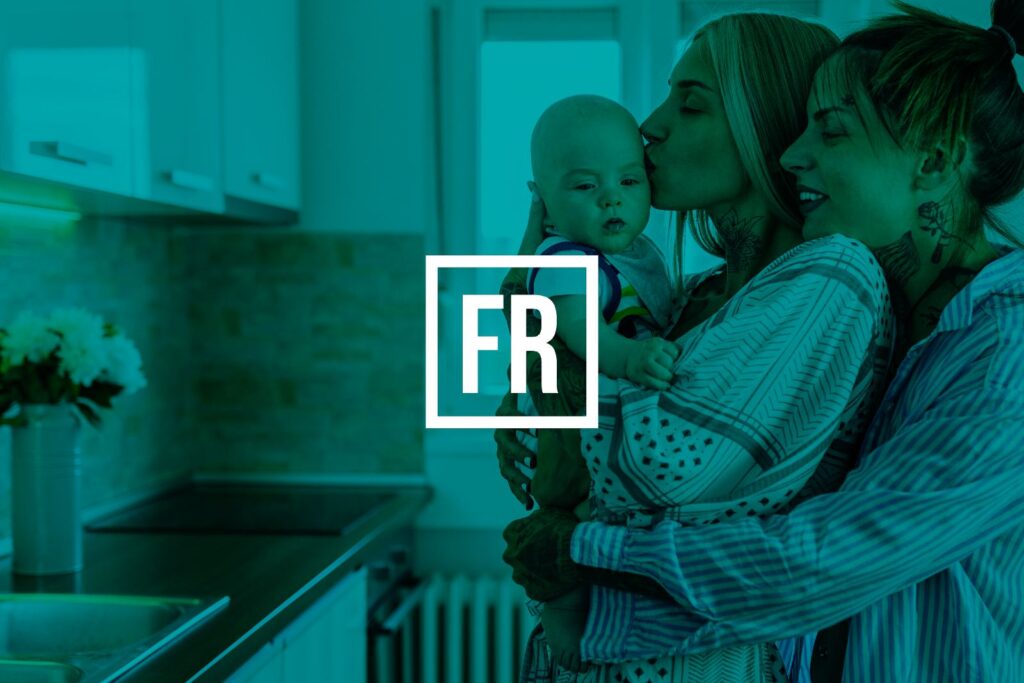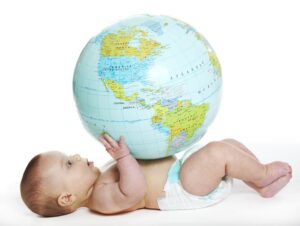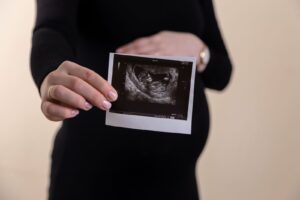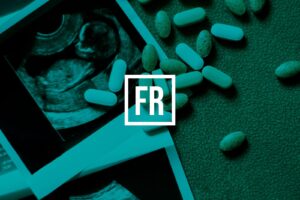New reproductive technologies have opened doors to alternative family models. One such technology is the so-called ROPA method which stands for “Reception of Oocytes from the Partner”. This fertility treatment allows same-sex female couples to share motherhood right from the beginning of conception. Using ROPA, one woman provides the egg, which subsequently becomes fertilised with donor sperm; the other woman in the partnership becomes pregnant with the fertilised egg and gives birth to the child. The method is therefore often described as enabling lesbian couples to experience biologically shared motherhood.
Whilst prohibited in several countries, Spanish clinics have been using ROPA as a method of conception since 2007. According to Spanish law, women should be able to benefit from reproductive technologies regardless of their sexual orientation. Women in a same-sex relationship must be married or in a civil partnership to access ROPA treatment. In Spain they will both be considered the legal mothers of the child.
“Who donates the egg, who gets pregnant?”
A medical check-up of both partners is performed prior to ROPA treatment. Thus, the egg reserve, the quality of the eggs and the condition of the respective uterus are examined in both women. Based on this, the fertility doctor will recommend which of the two women is best suited as an egg donor and which is best suited as a recipient of the fertilised egg. Age often plays a role here; if a woman is much younger or under 35, she is usually preferred as the egg donor. Of course, however, the preference of the couple themselves is also factored into the decision of who will provide the egg and who will experience the pregnancy.
If both women have the prerequisites for egg donation and pregnancy, they can make the decision amongst themselves: Who should be the genetic mother (by means of egg donation) and who should be the biological one (by means of pregnancy)? Various aspects play a role in this decision-making process: age, individual preferences as well as practical considerations.
Here is an example of how a couple who travelled to Spain for ROPA made this decision. Tina, a 36-year-old woman living in London with her 33-year-old partner Laura, explains that due to a medical diagnosis it was clear right away who would provide the eggs and who would become pregnant: “I have had Turner syndrome since birth, which means that I have no eggs that can be used. However, when taking the right medication, I can still become pregnant and give birth to a child. That’s why it was immediately clear that Laura would be the one providing the eggs. I am now pregnant with one of her eggs and it feels great. We are so grateful we can both become parents this way!” In this case, it was clear that Tina would not be able to provide the eggs. Other couples find it more difficult deciding who provides the eggs, and who becomes pregnant. For these couples, reciprocal ROPA might be a solution.
What is the “reciprocal ROPA cycle”?
If both women are healthy and thought to be eligible for egg retrieval and pregnancy, what is called a “reciprocal cycle” can also be performed. In other words, it is possible to switch roles in ROPA. Thus, each woman can be pregnant once, and donate her eggs once. There are several Spanish fertility clinics that offer women the opportunity to do this at the same time. Each woman would then be pregnant with a child that is genetically related to their partner. However, sometimes there are medical reasons why a woman’s eggs may not be viable, or where a pregnancy would not be advisable. In this case, reciprocal ROPA would not be possible.
Step by step: What is the treatment procedure for the ROPA method in Spain?
1. Health examination: The first step is to contact a Spanish fertility clinic that offers the ROPA method to lesbian couples. There you will have an initial consultation. Both women are usually tested for their suitability to donate eggs or become pregnant. This phase can take several weeks, depending on the tests which are performed. In Spain the karyotype analysis for genetic abnormalities is performed as a standard for egg donors. The results for this are usually available after a few weeks.
2. Search for a sperm donor: As soon as the doctor gives the “green light” from a medical point of view, the search for a suitable sperm donor can officially start. In Spain, sperm donors must remain anonymous. In this case, the future child will not be able to know the identity of the donor through the clinic. It is worth mentioning here that sometimes there are anonymous donors who register on online platforms, such as Ancestry and 23AndMe, so that possible donor-conceived children can find them on there.
3. Synchronisation of the cycles: For a fresh transfer, the cycles of both women get synchronised. It is however also possible to do ROPA without synchronising the cycles if the embryos are frozen before they get transferred to the woman intending to carry the child to term.
4. Hormonal stimulation and egg retrieval: One woman starts with the hormonal stimulation of the ovaries from day 1 of her cycle. During this time, several follicles mature, which contain the eggs. Then, after about 12 days, several eggs are retrieved, which are then fertilised with donor sperm. Preparing the uterus: The other woman, the intended gestational mother, is getting ready for the embryo transfer. To this end, she is given oestrogen so that the uterine lining builds up. Once her partner’s eggs have been retrieved, the recipient normally also takes progesterone, which completes the preparation of the uterus for the embryo transfer and increases the likelihood for implantation.
5. Embryo transfer: Depending on the number of eggs retrieved from the partner, the resulting embryos develop in a petri dish in the laboratory for 3 to 5 days. Finally, on day 3, 4 or 5, the clinician will transfer one of the embryos to the recipient (gestational mother). The success rate may be up to about 50% per transfer, but ultimately depends on a number of factors, amongst others, the quality of the egg.
6. Pregnancy test and ultrasound: It is recommended not to take a pregnancy test until 12 days after the transfer to exclude possible chemical pregnancies. If the test is positive, a blood test is usually done to confirm the pregnancy.
7. Shared motherhood: If everything goes according to plan, both women will become parents and each one of them will share a biological connection with the child, either through genes or gestation.
To conclude…
ROPA allows same-sex female couples to share biological and genetic motherhood. Many countries still prohibit lesbian couples to access fertility treatment; Spain in contrast has been offering treatments like ROPA to married same-sex female couples since 2007. When opting for ROPA you may therefore want to choose a fertility clinic in Spain, as these usually have many years of experience with this technology.
If you are interested in ROPA costs, you need to check out IVF clinics in Spain, and ask them directly for costs and the treatment process.
Furthermore, it can be helpful to book an independent coaching or counselling session before the treatment. Here you can reflect together with an expert on what having a family with shared motherhood and donor sperm means for you and for the child. Furthermore, you can think about how you want to tell others about the child’s method of conception, and how and when you want to communicate this to the child in the future. Finally, as the family sociologist Susan Golombok (2021) summarised succinctly; more than the method of conception, it is above all love and honesty, which are most important for the parent-child relationship and the child’s well-being (Golombok, 2021)
Sources:
Golombok, Susan. “Love and Truth: What really matters for children born through third-party assisted reproduction”. 4 May 2021, Child Development Perspectives. https://srcd.onlinelibrary.wiley.com/doi/full/10.1111/cdep.12406
“Which country, which clinic… and how long is the waiting time?”, are questions that come up often. Dr Yvonne Frankfurth provides guidance for couples that consider travelling abroad for IVF to a European fertility clinic (www.repro-travel.com). With expertise and empathy, she provides up-to-date relevant information and personalised recommendations for intended parents seeking a clinic that best fits their individual circumstances.






